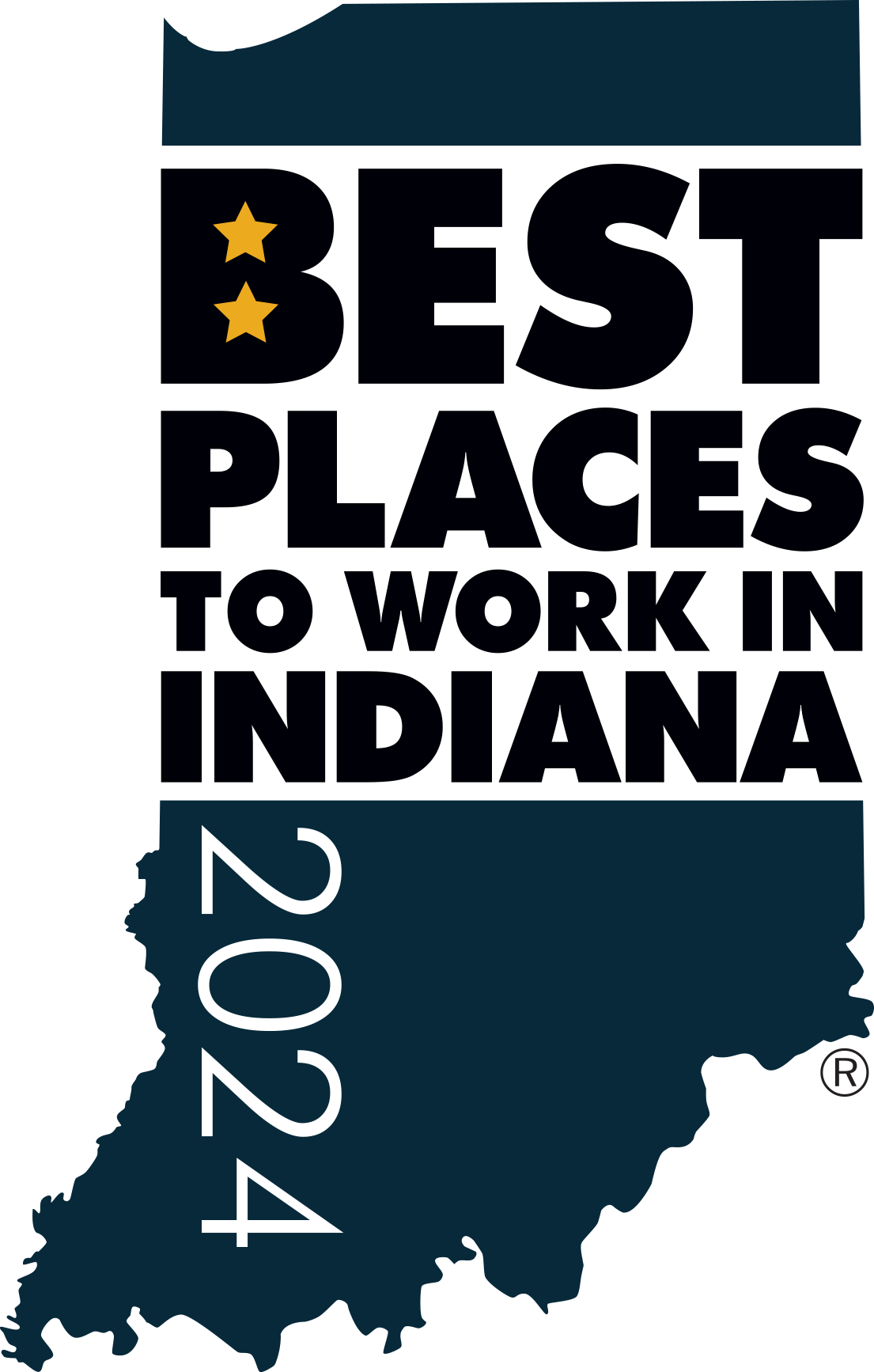Creating a Collaborative Audit Culture: Fundamental Best Practices
My last piece was focused on the art of verbal communication – the day-to-day interactions that (like it or not) influence the level of collaboration that actually happens. Let’s look now at some critical elements necessary to create a Collaborative Audit Culture.
Getting Past Ambiguity
The phrase “Collaborative Audit Culture” is one that makes people sound smart and cool and abstract…but unless we define it, the meaning is open to interpretation. (Then it becomes like “business partner” or “trusted adviser”.) Definitions are critical to a sustainable culture. Let’s define Collaborative Audit Culture and then distill it down to something that real people can understand.
- Collaborative: something produced or conducted by two or more parties working together
- Audit: an official inspection of an organization’s records, typically by an independent body
- Culture: the sum of shared parts, including values, attitudes, behaviors and language
Solid and accurate, but too academic. Let’s make it real world, and something people can internalize:
- A Collaborative Audit Culture exists when it’s evident that Internal Audit and the business units trust, value and need each other. Internal Audit actively helps solve problems and makes sure that processes, systems and controls are protecting the business.
Note the focus on action. A Collaborative Audit Culture doesn’t exist because of a paper declaration or because the CAE says it does. It exists by aligning the right behaviors.
Culture is everything. It is the horizontal gravity that holds organizations together. It’s the reason people join and the reason they stay. It also fuels the passion with which they do their job.
CAE Cultural Fundamentals
As the CAE, creating this culture starts with you and it ends with you. If you don’t own it, teach it and live it…no one else will, and you’ll never get there. Here are some fundamentals that Rick continuously reinforces in his collaborative culture:
- Collaborative audits thrive in an environment that encourages learning from mistakes or failures. Embrace a “fail forward” approach. Mistakes and failures drive improvement.
- Organizations that use the audit as a punitive tool or in determining incentives will have limited success (at best) in creating any type of collaborative culture.
- Discourage penalizing for errors noted in the audit report; don’t recommend punishment as the first course of action.
- Any auditor can make black and white calls. Good auditors earn their money making judgment calls. Judgment is defined as objective, informed decisions based on risk vs. value gained. Good judgment = decisions that mitigate risk while being accretive to value.
- Want to be a “business partner” or a “trusted advisor”? Frame the interaction. For example: “I’m not here to hurt you, make you look bad…undermine your authority…imply that you don’t know how to do your job…etc. I’m here so that both of us can make sure that the processes and controls that the company has in place are working properly. If they are – that’s awesome. If not, we’ll work together to figure out why and how to fix it.
Not Everybody Is Going to Work This Way
It would be great if every area of business that you audit would embrace this mindset and engage accordingly. And…it’s not going to happen. Don’t get discouraged. Ignore the naysayers. As the old saying goes, “One who says it can’t be done shouldn’t interrupt one doing it.” Lead by example and use the early adopters as your case study to move the model forward. One of the challenges from a hiring and training perspective is having people on your team that can be effective in either/or/both environments.
The Bottom Line
When implemented, the benefits of a Collaborative Audit Culture are many. Keep in mind that this isn’t about individual auditors; it’s about the internal audit function independently and objectively making the organization better through collaboration. There will be skeptics, and it will take time. But with commitment and consistency, you can engrain collaboration into your audit culture and transform yourself, your team and the stakeholders you serve.
About the Authors
Kent Burns is President of Simply Driven Executive Search, whose mission is improving the lives of both the clients and candidates they represent. A search industry veteran since 1999, Burns is a CPA with prior experience at PwC and KPMG. He also served as a Corporate Controller and Chief Financial Officer in both public and private companies.
Rick Walke is a 25-year veteran of internal audit in both large and small company environments. He is Vice President, Internal Audit and Compliance for FORUM Credit Union and is also on the Board of Governors for the IIA, Indianapolis Chapter. © 2017 Simply Driven Executive Search

